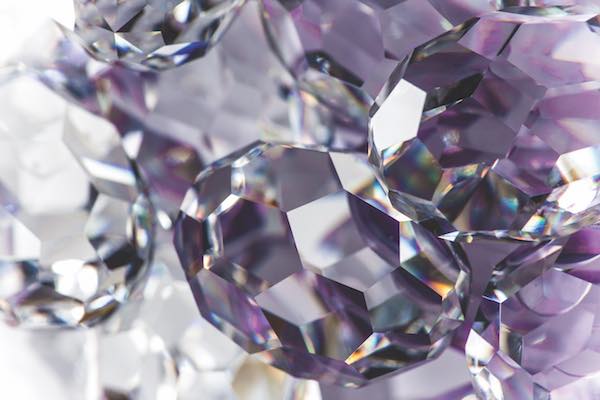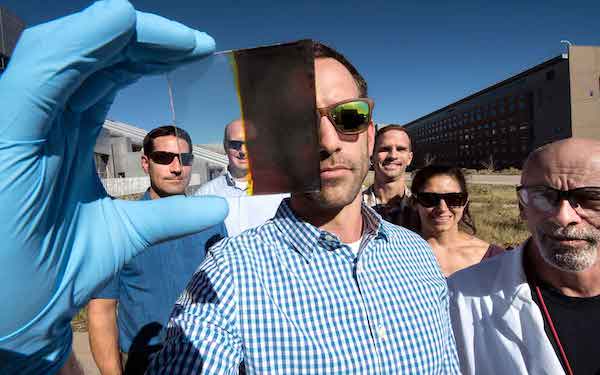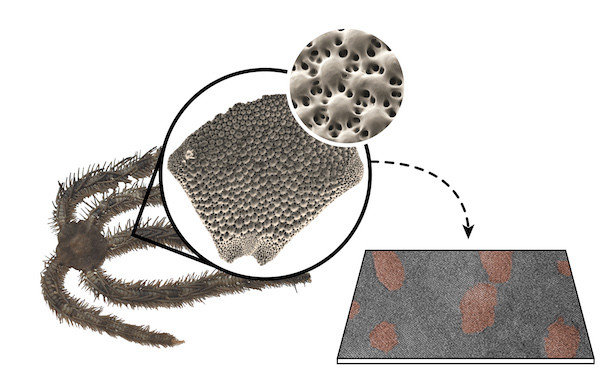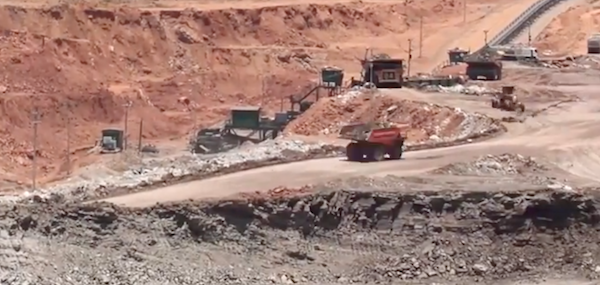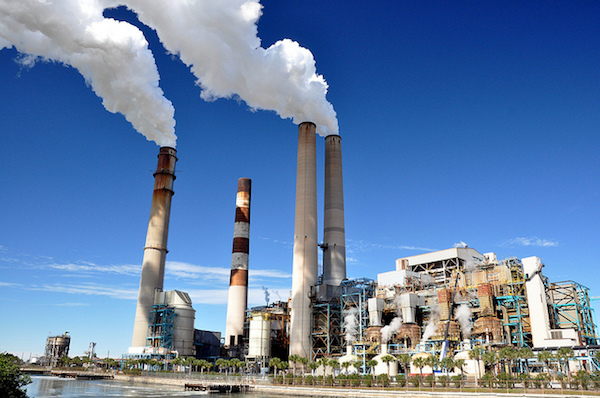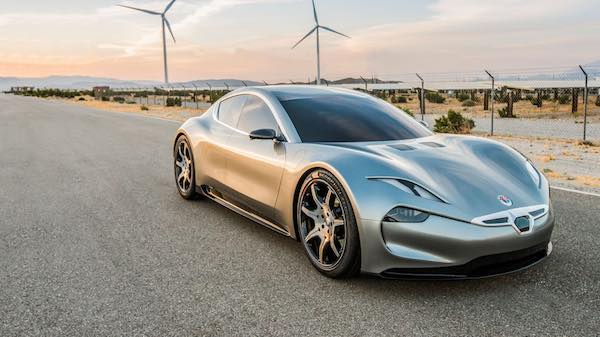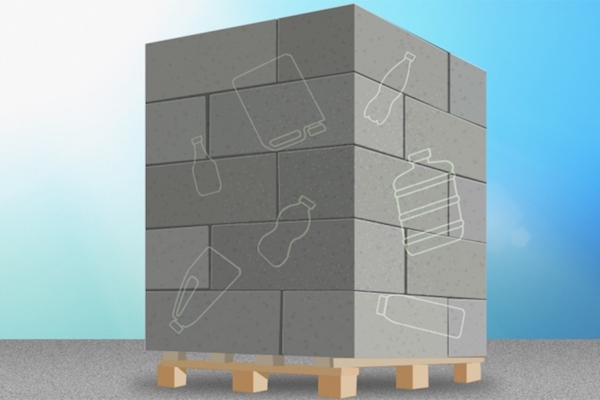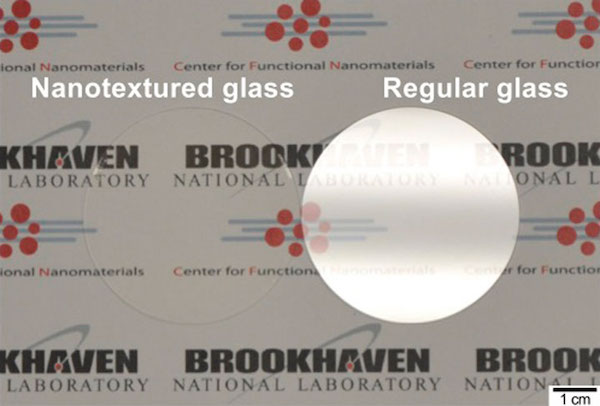The January/February 2018 issue of the ACerS Bulletin—featuring articles about new facets for defects in ceramics, innovative new concretes, the NSF CAREER Class of 2017, and much more—is now available online.
Read MoreResearchers have developed a photovoltaic device that generates electricity from sunlight that passes through thermochromic windows. Their device could provide power to buildings, smartphone batteries, and other electronics.
Read MoreScientists have discovered that a brittle starfish has the capability to create a durable “tempered” ceramic material while underwater. Its process is similar to the creation of tempered glass, but without the heating and cooling process.
Read MoreA collaboration between the U.S. Department of Energy, academia, and business has resulted in the discovery of high concentrations of rare-earth elements in several U.S. coal basins. The success of this discovery could eventually reduce the U.S.’s dependence on imported rare earths.
Read MoreA research duo has developed a system for converting CO2 emissions from power plants into fuel for cars, trucks, and planes. Their process could also provide an additional revenue stream to offset costs.
Read MoreOn earth, most perovskite structures are found within the planet’s mantle, and they’re found in high abundance—perovskites make up 93% of the lower mantle’s mass and 38% of earth’s total mass, according to a recent Science Magazine video.
Read MoreA team of MIT students have come up with a way to incorporate irradiated plastic into cement paste to make concrete that is nearly 15% stronger than what’s available today. This could reduce the amount of plastic in landfills and lower concrete’s carbon footprint.
Read MoreA team of scientists from CoorsTek Membrane Sciences, the University of Oslo, and the Institute of Chemical Technology has developed a promising new ceramic membrane that could reduce the cost and enhance the feasibility of hydrogen generation far enough to bring the technology to the forefront of clean energy solutions.
Read MoreResearchers have found a way to nearly eliminate glare on reflective surfaces like glass. Using a self-assembly process, scientists etched tiny nanometer-sized cones onto a glass surface—a more efficient way of eliminating reflection without adding layers of material.
Read More
